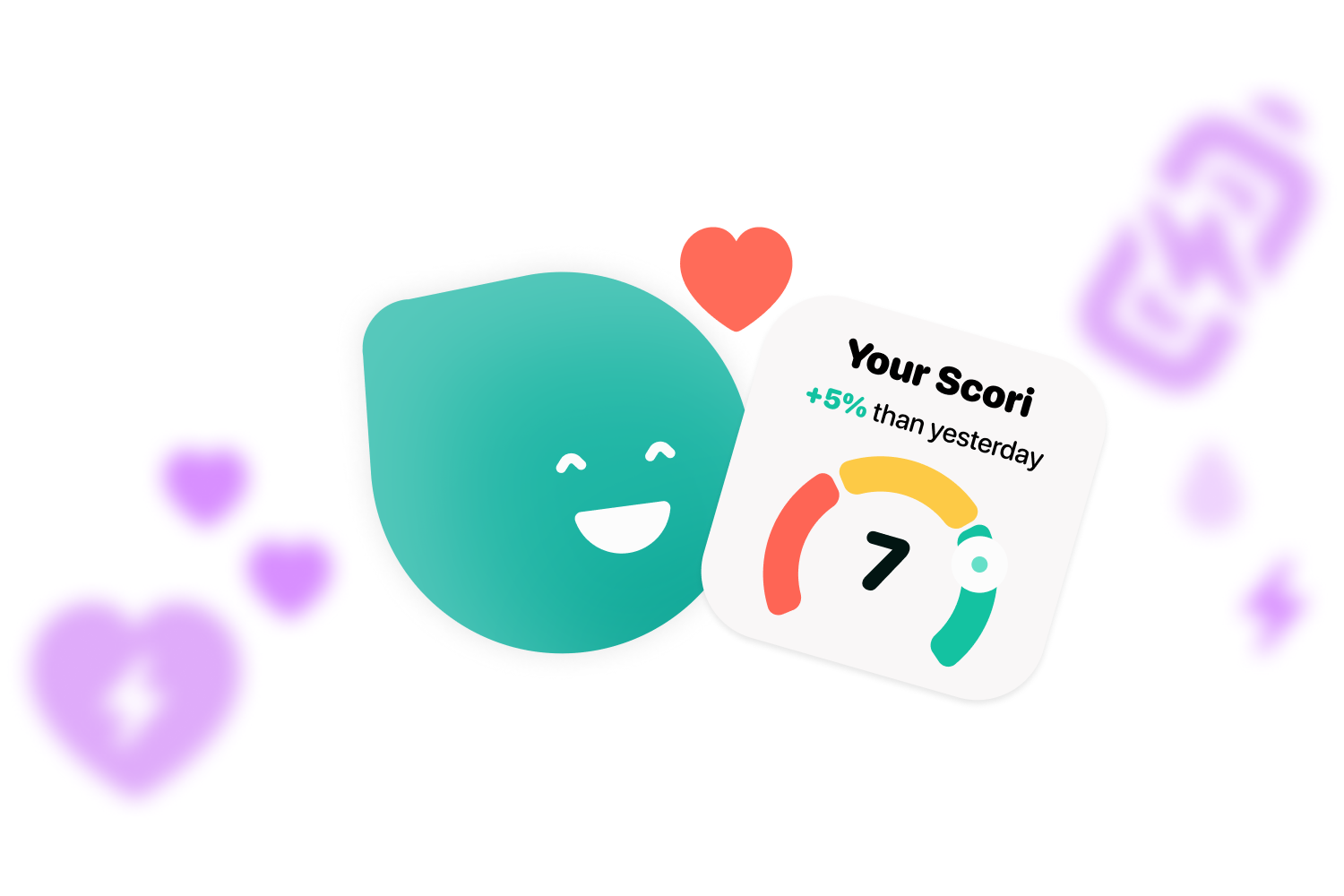Content creator Thapi Semenya advocates and shares her experience with diabetes, vitiligo or mental illness. If you want to know more about her story, you can’t miss this article.
In the world, according to the journal New Medical Economics, there are 537 million adult people living with diabetes. However, to this day, this subject is still seen as a taboo, which causes a great deal of ignorance and even misinformation about this disease in the majority of the population.
That’s why the presence of public figures who talk about these issues in networks is so important. This is the case of Thapi Semenya, influencer and South African model, who shares through social networks her experience with type 1 diabetes, mental health and another of the diseases little known by society, vitiligo.
Thapi Semenya’s debut
When she was just 6 years old, the influencer began to suffer from all the symptoms of type 1 diabetes: nausea, dizziness, dehydration… Her parents then decided to take her to the doctor, who checked her blood glucose and, finding that her levels were very high, quickly referred her to the hospital.
After several tests, she was diagnosed with DKA (diabetic ketoacidosis), a medical condition caused by high blood glucose levels, dehydration and ketone buildup. And, with this, she was also diagnosed with type 1 diabetes.
Cori, a game changer

Living with diabetes from a young age, Thapi Semenya has been constantly looking for new ways to better control her glucose. Like many, the advent of continuous glucose monitors (CGMs) was a big leap forward, but often the information was out of context. So starting to use Cori has been a big change.
Thanks to the visual and clear way it displays glucose levels, it is very easy for her to see when she tends to have hypoglycemia and hyperglycemia: “It’s easy to see all these patterns and show them to your doctor for advice”.
“I also love the Academy articles. They are little pills that help you on a day-to-day basis, from surviving the heat with diabetes or preparing to travel. It’s a whole guide with practical advice,” she says.

Become a diabadass!
Join our weekly newsletter and learn
all the tips and tricks.
People with diabetes are especially vulnerable to the dangers of colds and the flu, but there are things you can do to control your symptoms and avoid getting sick in the first place. You may maintain your health even when you’re feeling under the weather by constantly monitoring your blood sugar levels, staying hydrated, getting enough of rest, and adhering to your diabetes management plan. Additionally, you may lower your risk of getting sick and safeguard yourself from any problems by maintaining proper cleanliness, being vaccinated, and generally maintaining good health. Make sure to discuss any worries you may have with your healthcare team for advice and support if you have diabetes and are worried about managing colds and the flu.
Influencer with a mission
Thanks to her impact on networks, Thapi has taken every opportunity to expand and publicize the disease, stressing that, for her, it is paramount to normalize it and break taboos.
Through her Instagram profile Thapi Semenya communicates with her followers, with whom she shares her achievements, her goals, useful tips for her and tools that make it easier to monitor her blood sugar level.
As part of continuing to make the disease visible and normalize it, the content creator and model has also created her own initiative to raise funds to pay for the medical treatment of 16 people with diabetes in a rural town in Polokwane, Limpopo (South Africa), the town where she comes from.
She has also collaborated with other initiatives such as Glucology, Insulin at 100 or dStigmatize, in which she has broken barriers by making her case visible and sharing her experience as a woman of color, with vitiligo and diabetes.
Thapi, not only seeks to be a loudspeaker for diabetes, but her main objective is to make visible those taboo topics that people never talk about, exposing herself as the first example and breaking the barriers of stigmatization.
If you want to tell us how you live with your diabetes, you can follow us on Instagram, Twitter, Facebook or LinkedIn.




